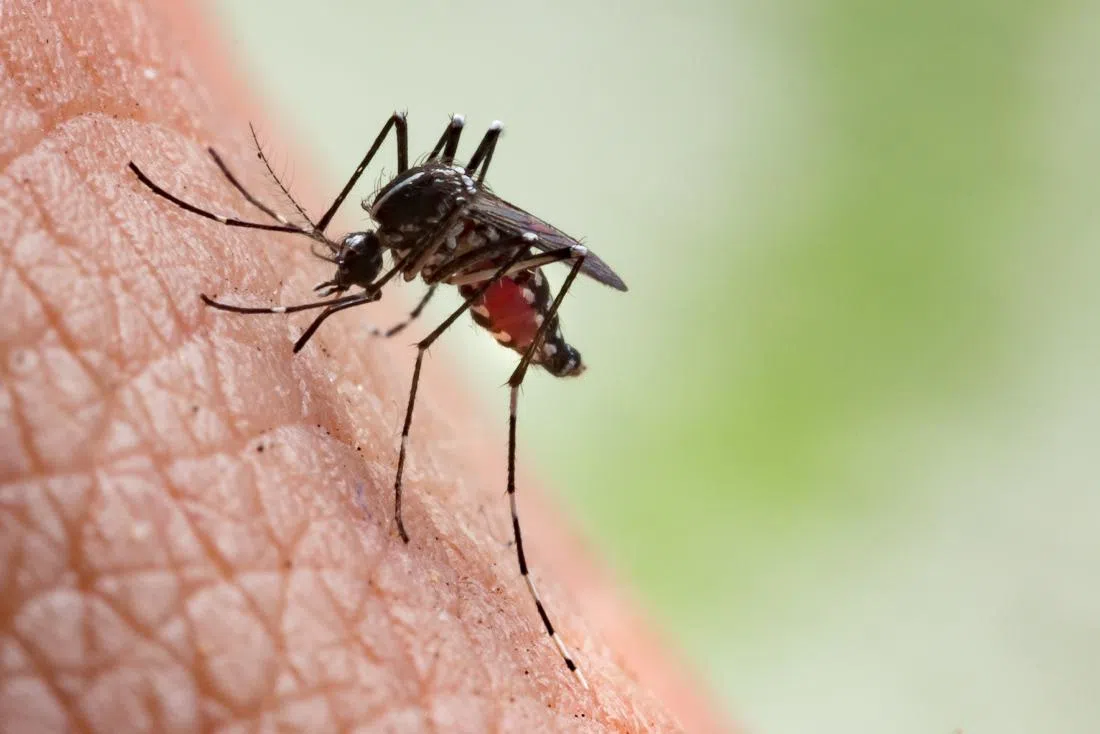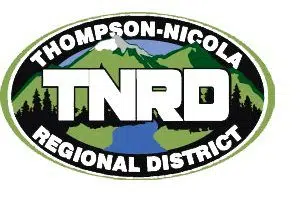
Helicopters will take to the skies over the North Thompson Valley this week as the Thompson-Nicola Regional District launches its annual aerial mosquito control campaign, aiming to reduce nuisance mosquito populations before they emerge in full force.
The operation, part of the TNRD’s Nuisance Mosquito Control Program, begins near Vavenby and moves south toward Kamloops. If needed, areas near Sun Peaks will also be treated. The campaign involves applying Vectobac 200G, a biological larvicide, to floodwaters and stagnant ponds where mosquito larvae are hatching in large numbers due to recent high river levels.
“We use a biological control method that’s specific to mosquito larvae,” said Cheryl Phippen, mosquito control contractor with Setetkwe Environmental Inc., which carries out the work on behalf of the TNRD. “The product we apply is made from a naturally occurring bacteria and is formulated on ground corn cob. It looks like chicken feed and is completely safe for fish, frogs, pets, and people.”
Phippen explained that while ground crews often use backpack blowers to reach larvae in standing water, high water levels this spring have made access difficult. That’s why aerial treatments, using helicopters equipped with large fertilizer-style spreaders, are necessary to cover the affected floodplain quickly and efficiently.
“Our team is currently out surveying known habitats and checking the stage of the larvae,” Phippen said. “Once we confirm they’re in the larval stage, we have a narrow window—usually about a week—before they pupate. Once that happens, the treatment won’t be effective.”
The aerial campaign typically takes about three days, depending on weather and site conditions. Crews aim to cover the region from Birch Island to Kamloops, moving through Little Fort and McLure along the way.
The TNRD’s mosquito reduction program began in 1971 and has shifted from adult mosquito spraying to more environmentally sustainable larval control. The biological larvicide, Vectobac 200G, is only applied in areas not connected to fish-bearing waters, as required under B.C.’s Integrated Pest Management Act.
Phippen noted the difference the program makes is significant.
“Without these treatments, low-lying areas along the North and South Thompson rivers, especially parts of downtown Kamloops and surrounding communities like Barriere and Clearwater, would be overwhelmed,” she said. “Before this program, some areas were considered uninhabitable in the summer due to mosquito swarms.”
Still, she cautioned residents to be prepared.
“No program can eliminate all mosquitoes, and we wouldn’t want to—mosquitoes do play a role in the ecosystem,” she said. “We expect the first wave of adult, biting mosquitoes in the next couple of weeks, so people should still be using insect repellent.”
The TNRD’s Nuisance Mosquito Control Program currently covers several electoral areas and municipalities, including Barriere, Chase, Clearwater, Kamloops, Logan Lake, and Sun Peaks.
For more information or to track treatment updates, visit tnrd.ca/mosquitoes.















